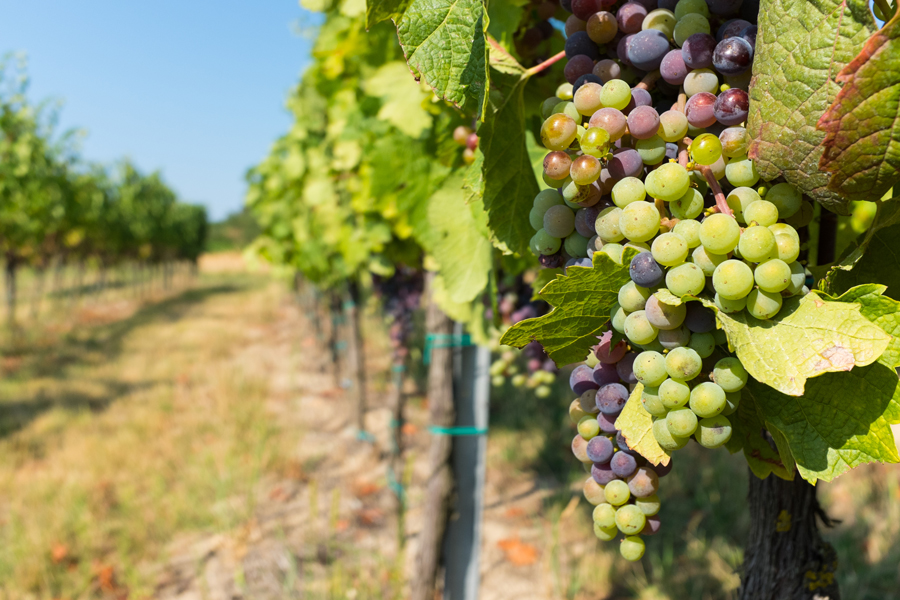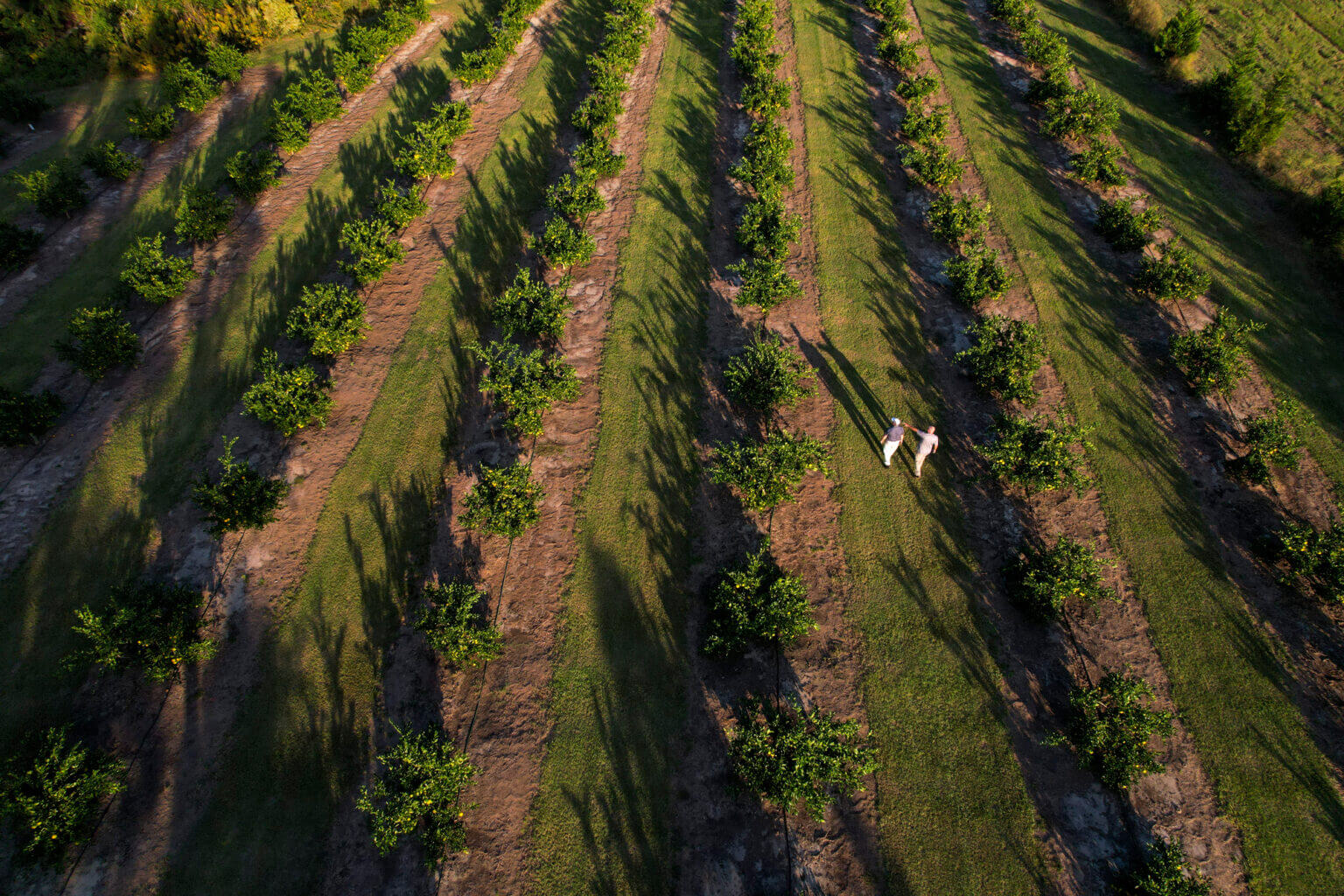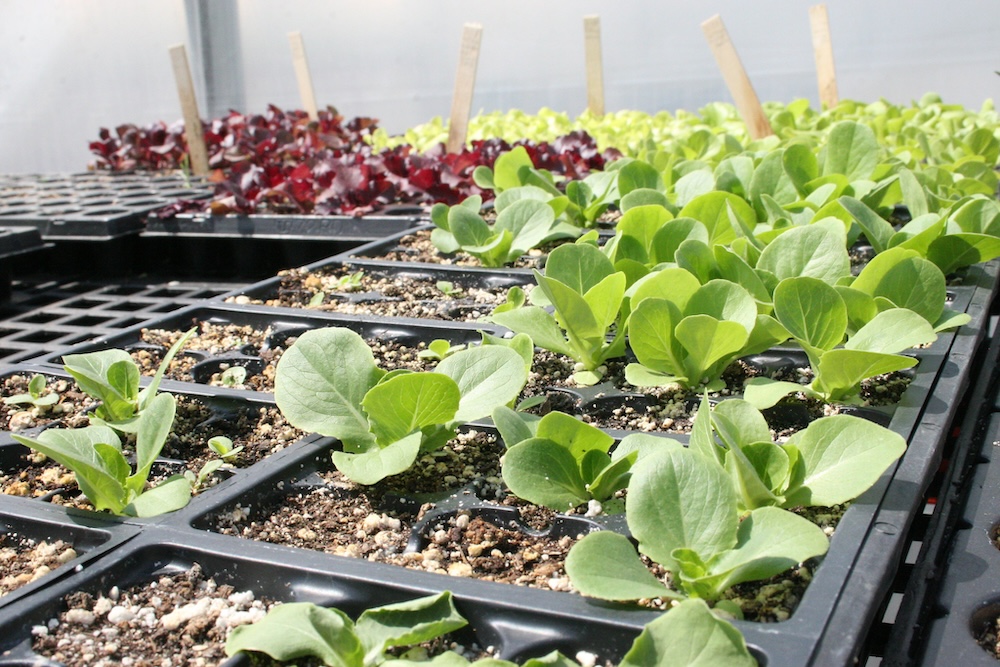There are many ways to manage grapevine growth, and many grape-growing regions implement unique and preferred training methods. Vine growth management is achieved by applying a trellising system, which is a framework of metal cross arms, wires, and support posts that are used to direct grapevine vegetation to maximize fruit quality and production. Trellising and pruning combinations will sometimes be referred to as “training” systems, but “trellising,” “training,” and “pruning” are not interchangeable terms. Understanding the different forms of trellising and pruning can be a challenge for new growers. The goal of this publication is to provide a general introduction to some of the more common trellising and pruning terms used to describe grapevine management systems.
For the full publication, click on the “View PDF” button above. The glossary at the end of this publication also is presented on the page below.
Glossary
Bud – Typically refers to buds contained on 1-year-old grapevine wood (e.g., canes and spurs) from which fruitful shoots grow in the spring
Cane – A former green, vegetative shoot that has become dormant; 1-year-old grapevine wood that generally contains fruit-producing buds
Catch wire – The trellising system wire used to guide canopy growth and maintain its physical position to optimize leaf exposure
Cordon – A former cane that is a lateral extension of the trunk along the fruiting wire and is at least 2 years old; also refers to a training type (“cordon training”) with which spur pruning is commonly implemented
Dormant pruning – The selection and retention of fruitful, 1-year-old grapevine wood through cutting and discarding older, undesirable, and diseased grapevine wood; spur or cane pruning methods are most common
Fruiting wire – The wire on which the fruiting cane or cordon is tied; the wire that bears the crop weight
Head – The region of a vine where the vertical grapevine trunk meets the horizontal fruiting wire; refers to a training type (“head training”) with which cane pruning is commonly implemented; can also be referred to as the “crown” region
Shoot – The green stems and leaves that grow from dormant grapevine wood; shoots grow from buds in the spring then become canes once leaf fall occurs and dormancy is initiated in the late fall and early winter
Spur – 1-year-old grapevine wood that is cut back to one to three buds that produce new shoots the following season; a “short” or “spurred” cane position
Training – (1) Timely and directional manipulation and positioning of vegetative shoots and semi-permanent trunk and cordons (arms) within a trellis framework; (2) the region of the vine from which 1-year-old grapevine wood is retained for fruit production (e.g., head training, cordon training); or (3) the dimensions of semi-permanent, perennial grapevine wood (e.g., trunk, cordons) within a trellis framework
Training systems – The combination of physical structure (trellis) and vine manipulation (training)
Trellising systems – The physical framework and arrangement (architecture) of end posts, line posts, cross arms, and wires used to guide and direct woody and vegetative (green) grapevine growth









